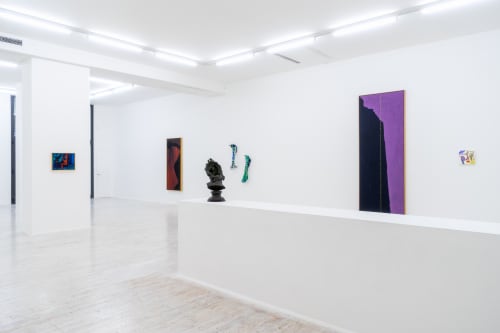No one among the Art historians of the 19th and 20th centuries has gained contemporary artists' interest and inquiry as much as the German historian Aby Warburg. There certainly is more than one reason if the pairing of Warburg with contemporary art does not appear to be bizarre or forced. The first reason that makes such link anything but arbitrary lies in the fact that multiple contemporary artists have openly confirmed having drawn inspiration from the German historian.
Warburg's works have allowed artists to elect paths that are nothing but brave and unconventional in comparison with the classics imposed by the Art history of Winckelmann foundation and aesthetics.
Moreover, new experimentations and suggestions were able to be derived from themes that were previously considered as strictly academic. For instance, the relationship between past artists and classic traditions, the link between image and word, the transmission of iconographies and shapes, and the relationship with extra-Europeans cultures.
It is not by chance that some among the key concepts of Warburg's thoughts, such as Pathosformel - archetype images surviving through the eras following different styles – and the workin-progress experience of Mnemosyne - a figurative atlas of the antique-like “preformations” on tables - have been inspiring generations of artists - and continue to do so.
Think of the video-work The Greeting (1995) by Bill Viola, premiering next to Pontormo's Vestizione, to which it is inspired (Palazzo Strozzi, 2017); of the monumental work of Gerard Richter, Atlas, a collection/archive of photos, newspaper clippings and sketching the artist has been assembling since the Sixties; or of the interdisciplinary exhibition ATLAS: How To Carry The World On One's Back? (2011, Reina Sofía Madrid, ZKM Center Karlsruhe) curated by the philosopher Georges Didi Huberman, which carries through the XX and XXI Centuries using Warburg's Atlas as a starting point.
The exhibition title, Pathos, declares since the very beginning the strict relationship with Warburg's iconographic reading methods, and it comprises artists' works belonging to diverse generations and eras, allowing us to discover the guiding processes of Lynda Benglis, Marco Cingolani, Vincenzo Gemito, Wilhelm Von Gloeden, Girolamo Induno, Simon Linke, Robert Moskowitz, Jack Pierson, Klaus Rinke. The exhibition was born from the will to identify, among the exhibited artworks, a mythical shared substrate: such archetypal images (Pathosformel), resulting from ever-returning sediments, aim to grasp their survival in present times more than in their past (Nachleben).
Digging up the unconscious memory of images, what they testify and what they convey becomes the task of every visitor, with whom lies the choice to follow the art historian through a novel path, drawing their own Mnemosyne Atlas. Pathos' successful mission is therefore to hand the images the time they contain, and to hand visitors not only the ecstasy of what the images hide, but also the power and anxiety that run down our spines.





